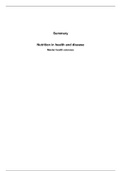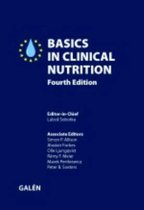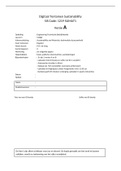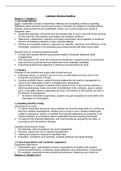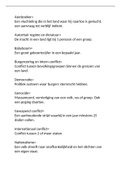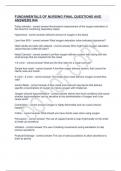Samenvatting
Summary Nutrition in Health and Disease
- Instelling
- Vrije Universiteit Amsterdam (VU)
Summary of the course 'Nutrition in Health and Disease'. Lectures and literature are summarized. Recommended chapters of 'Basics in clinical Nutrition' are summarized and chapter 22 from the book pediatric nutrition. Samenvatting van het vak Nutrition in Health and Disease. Samenvatting van de ho...
[Meer zien]
